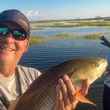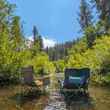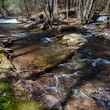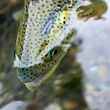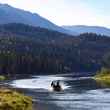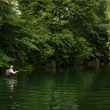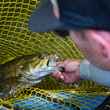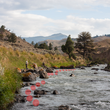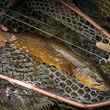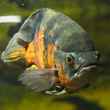Always on the move, Sage has announced two new rod series for its 2015 lineup.
The new SALT series is, you guessed it, an all-new addition to Sage's saltwater lineup that will replace the Xi3 series. The new SALT rods are Sage's first saltwater fly rods built on its newer Konnetic technology, which Sage's very popular and award-winning ONE and METHOD series of rods are built upon. Like all of the Konnetic-built rods, Sage has proclaimed a focus on quick loading, high line speeds and pinpoint accuracy when developing the SALT series. According to chief rod designer Jerry Siem, “The ability to adapt to quickly changing conditions is imperative when saltwater fishing, and Konnetic Technology allows deft sensitivity and the ability to track extremely straight. The new SALT shines in all fishing scenarios.”
The SALT rods feature a dark sapphire blank with distinctive black wraps, oversized Fuji ceramic stripper guides, hard chromed snake guides and an anodized aluminum up-locking reel seat which includes a hidden hook keeper. The SALT series has offerings from weight 5 through 16. All of the rods in the series have an MSRP of $850 and are slated to be available come August 2014.

